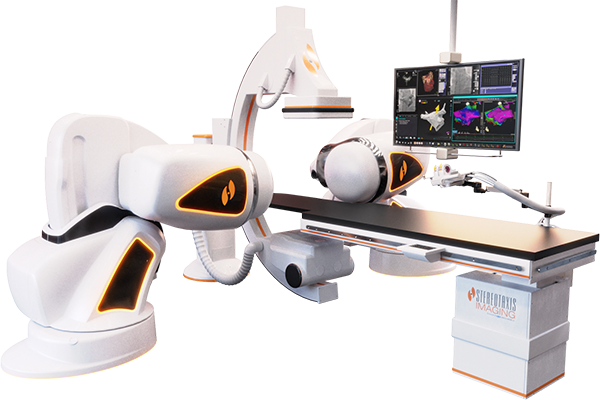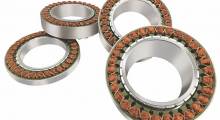Stereotaxis Inc. yesterday announced a publication in the International Journal of Cardiology: Heart & Vascular demonstrating the safety and efficacy of its robotic technology to treat atrioventricular reentry tachycardia (AVRT) and atrioventricular nodal reentry tachycardia (AVNRT) in pediatric patients with heart rhythm disease.
“We are excited to share data from this large long-term comparative study,” said Dr. Anne-Marie Noten, author of the publication. “It builds upon the significant body of evidence supporting the clinical value of robotics for arrhythmia patients, particularly the most vulnerable patients with complex disease.”
Stereotaxis has designed technologies to improve the treatment of arrhythmias and perform endovascular procedures. The St. Louis, Mo.-based company said its robots, instruments, and information systems can help interventional laborator and physicians provide patient care with robotic precision and safety, improved lab efficiency and productivity, and enhanced integration of procedural information.
Stereotaxis studies children in Rotterdam
The 223-patient study, conducted at Erasmus Medical Center in Rotterdam, the Netherlands, compared Robotic Magnetic Navigation (RMN)-guided cardiac ablation with manual radiofrequency (RF) ablation and manual cryoablation.
The study’s primary endpoint was long-term freedom from arrhythmia recurrence, with a mean follow-up time of 5.5 years. AV(N)RTs cause abnormally fast heartbeats and are the most common supraventricular tachyarrhythmias (SVT) in children without structural heart disease.
Left untreated, frequent episodes may weaken the heart and lead to heart failure, said Stereotaxis. The median age of patients in the study was 14 years at the time of treatment.
Patients treated using RMN had 94.4% freedom from arrhythmia recurrence through long-term follow-up, compared with only 85.5% and 59.0% in patients treated with manual RF ablation or cryoablation, respectively (p<0.01).
Although cardiac ablation is a common treatment for AV(N)RT, there is risk of procedural complications, said Stereotaxis. The impact of procedural radiation on pediatric patients is also a concern, it noted.
In the study, patients who received catheter ablation with RMN experienced zero adverse events, compared with a 2.6% rate of adverse events for manual RF ablation and 2.6% for cryoablation. X-ray exposure was lowest in the RMN procedures, with exposure being 34% and 38% higher with manual RF ablation and cryoablation procedures, respectively.
“Particularly in small hearts, the flexibility and versatility of a magnetic catheter with Stereotaxis allows us to perform cardiac ablation without being limited to fixed, pre-defined curves,” said Dr. Tamas Szili-Torok, cardiac electrophysiologist and associate professor at Erasmus Medical Center. “The stability and precision of robotics enables us to provide the best care for our patients. We are proud to advance the frontiers of patient care and the scientific knowledge in electrophysiology, particularly when we can improve the health of children we are entrusted to treat.”
Stereotaxis also offered access to a database of more than 400 scientific publications referencing Stereotaxis technology.
Article topics
Email Sign Up














